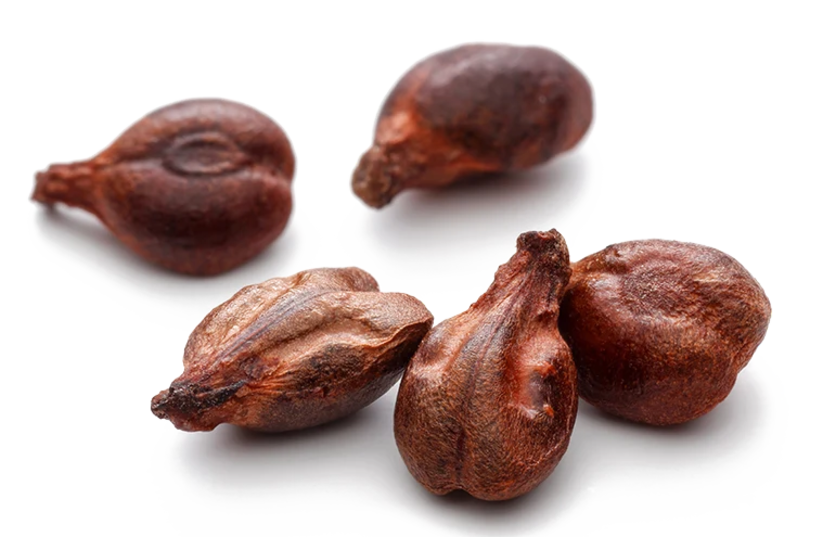Grape pips (seeds) that were excavated from a Byzantine monastery in the Negev hint at the origins of the ‘mysterious’ Gaza wine and the history of grapevine cultivation in desert conditions. One of the seeds – probably from a white grape – has been dated to the 8th century and may be the earliest of its kind documented anywhere in the world.
It is thought it could be linked to the sweet white wine – the Gaza wine – that archaeologists have seen references to in historical records but a lack of evidence of white varieties from the period has left uncertainty over its true origins, until now. The wine was produced in the Negev and shipped across the Byzantine Empire, as well as to Germany, France and Britain, where it is thought to have been enjoyed by royal households.
Researchers at Tel Aviv University (TAU) including Dr. Meirav Meiri of the Steinhardt Museum of Natural History and Israel National Center for Biodiversity Studies; the University of York (England); and the University of Copenhagen (Denmark) used genetic analyses to identify several different grape cultivars that were grown in Negev vineyards including both white and black grapes. Colleagues at the University of Haifa, Bar-Ilan University and the Israel Antiquities Authority collaborated in the study, which was published in the Proceedings of the [US] National Academy of Sciences under the title “New insight into the mystery of ancient Gaza wine.”
Identifying characteristics of ancient grape seeds
Dr. Nathan Wales from the University of York’s archaeology department commented that “this is the first time that genetics has been used to identify the color of an ancient grape and gives us a glimpse into the internationally famous Gaza wine during the period. It also gave us the opportunity to link ancient seeds with modern varieties that are still grown around the Mediterranean today.”
“The modern winemaking industry is heavily reliant on a limited number of European grape cultivars that are best suited for cultivation in temperate climates. Global warming emphasizes the need for diversity in this high-impact agricultural crop. Grapevine lineages bred in hot and arid regions, often preserved over centuries, may present an alternative to the classic winemaking grape cultivars,” the team wrote. “Our study of a legacy grapevine variety from the Negev Highlands desert of southern Israel sheds light on its genetics, biological properties and lasting impact.”

Since the domestication of the wild vine in Southwest Asia over 6,000 years ago, it is been primarily grown for wine. Viticulture (grape growing) and viniculture (winemaking) evolved along multiple historical pathways in diverse wine regions and produced a myriad of legacy cultivars, the team wrote.
Wales added that identifying the grape varieties that grew in the Negev during the Byzantine period and the genetic characteristics that were nurtured in these dry, desert conditions, could provide valuable insights into how plant varieties could be developed to resist the extremes of climate conditions today.”
The grapevines made some of the largest profits of any crop in Byzantine times and trade from the Negev with Lebanon and Crete, for example, have sprung modern varieties of red wine that are still produced in these areas today. “Despite the Early Islamic (seventh to 10th centuries) and the Mamluk (13th century) enforcement of Muslim law that forbids wine production and consumption, vines continued to be cultivated for the local consumption of table grapes, raisins and, in limited amounts, ceremonial wine among Jews and Christians,” the team wrote. “However, knowledge of the specific grapevine cultivated in the Negev was lost.”
